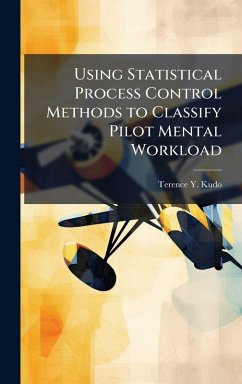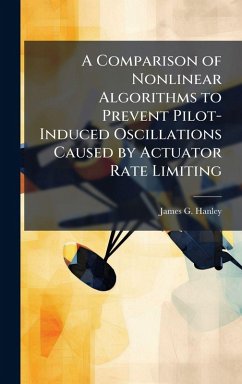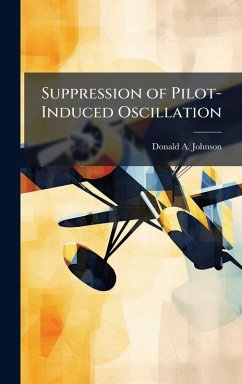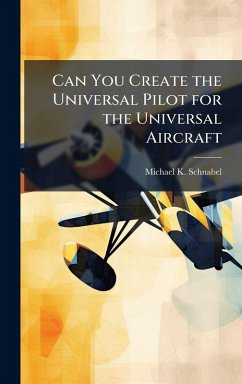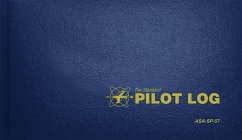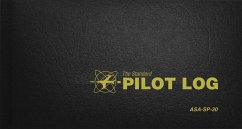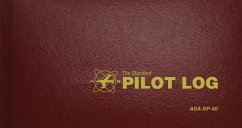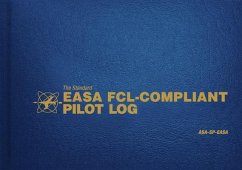
Pilot Mental Workload Calibration
Versandkostenfrei!
Versandfertig in über 4 Wochen
29,99 €
inkl. MwSt.
Weitere Ausgaben:

PAYBACK Punkte
15 °P sammeln!
The issue of predicting high pilot mental workload is important to the United States Air Force because lives and aircraft can be lost when errors are made during periods of mental overload and task saturation. Current research efforts use psychophysiological measures such as electroencephalography (EEG), cardiac, ocular, and respiration measures in an attempt to identify and predict mental workload levels. Existing classification methods successfully classify pilot mental workload using flight data from the same pilot on the same day but unsuccessfully classify workload using data from a diffe...
The issue of predicting high pilot mental workload is important to the United States Air Force because lives and aircraft can be lost when errors are made during periods of mental overload and task saturation. Current research efforts use psychophysiological measures such as electroencephalography (EEG), cardiac, ocular, and respiration measures in an attempt to identify and predict mental workload levels. Existing classification methods successfully classify pilot mental workload using flight data from the same pilot on the same day but unsuccessfully classify workload using data from a different pilot on a different day. The primary focus of this effort is the development of a calibration scheme that allows a small subset of salient psychophysiological features developed using actual flight data for one pilot on a given day to accurately classify pilot mental workload for a separate pilot on a different day. Extensive raw data preprocessing, including 29 Fourier transformations for each second of flight data, prepares the feature data for analysis. The signal-to-noise ratio feature screening method is employed to determine the usefulness of 151 psychophysiological features in feed-forward artificial neural networks. This work has been selected by scholars as being culturally important, and is part of the knowledge base of civilization as we know it. This work was reproduced from the original artifact, and remains as true to the original work as possible. Therefore, you will see the original copyright references, library stamps (as most of these works have been housed in our most important libraries around the world), and other notations in the work. This work is in the public domain in the United States of America, and possibly other nations. Within the United States, you may freely copy and distribute this work, as no entity (individual or corporate) has a copyright on the body of the work. As a reproduction of a historical artifact, this work may contain missing or blurred pages, poor pictures, errant marks, etc. Scholars believe, and we concur, that this work is important enough to be preserved, reproduced, and made generally available to the public. We appreciate your support of the preservation process, and thank you for being an important part of keeping this knowledge alive and relevant.



